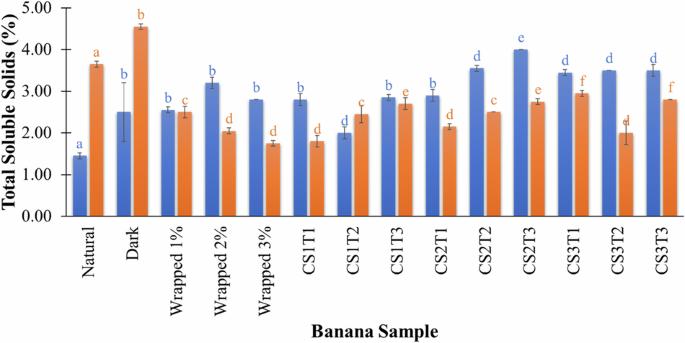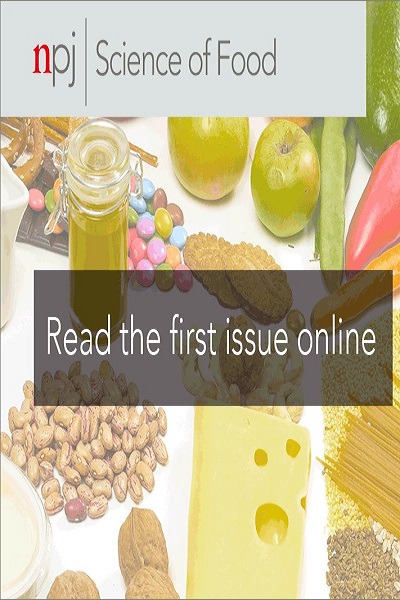将近红外光谱仪与化学计量学相结合,鉴别自然成熟香蕉和电石成熟香蕉。
IF 6.3
1区 农林科学
Q1 FOOD SCIENCE & TECHNOLOGY
引用次数: 0
摘要
由于碳化钙的有害影响,许多国家禁止将其用作水果催熟剂。目前检测水果中碳化钙的方法涉及耗时且具有破坏性的化学分析技术,因此需要非破坏性的快速检测技术。本研究将近红外光谱仪与化学计量学相结合,检测两个香蕉品种在去皮或未去皮时的不同碳化钙成熟形式。根据香蕉催熟的方式、电石处理的类型以及香蕉在电石溶液中浸泡的时间长短,建立了 16 个线性判别分析(LDA)模型,平均分类准确率很高。香蕉颜色的预测采用偏最小二乘法回归(PLSR)模型,R2CV > 0.74,RMSECV 和 RMSECV > 0.75。本文章由计算机程序翻译,如有差异,请以英文原文为准。

Combining NIR spectroscopy with chemometrics for discriminating naturally ripened banana and calcium carbide ripened banana
Calcium carbide is prohibited as a fruit ripening agent in many countries due to its harmful effects. Current methods for detecting calcium carbide in fruit involve time-consuming and destructive chemical analysis techniques, necessitating the need for non-destructive and rapid detection techniques. This study combined near infrared (NIR) spectroscopy with chemometrics to detect two banana varieties ripened with calcium carbide in different forms when they are peeled or unpeeled. Sixteen linear discriminant analysis (LDA) models were developed with high average classification accuracies for classifying banana based on the mode used to ripen banana, type of carbide treatment and the duration of soaking banana in carbide solution. Banana colour was predicted with partial least squared regression (PLSR) models with R2CV > 0.74, RMSECV and <5.4 and RPD close to 3. NIR coupled with chemometrics has good potential as a technique for detecting carbide ripened banana even if the banana is peeled or not.
求助全文
通过发布文献求助,成功后即可免费获取论文全文。
去求助
来源期刊

NPJ Science of Food
FOOD SCIENCE & TECHNOLOGY-
CiteScore
7.50
自引率
1.60%
发文量
53
期刊介绍:
npj Science of Food is an online-only and open access journal publishes high-quality, high-impact papers related to food safety, security, integrated production, processing and packaging, the changes and interactions of food components, and the influence on health and wellness properties of food. The journal will support fundamental studies that advance the science of food beyond the classic focus on processing, thereby addressing basic inquiries around food from the public and industry. It will also support research that might result in innovation of technologies and products that are public-friendly while promoting the United Nations sustainable development goals.
 求助内容:
求助内容: 应助结果提醒方式:
应助结果提醒方式:


